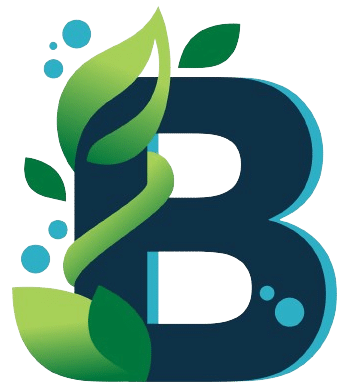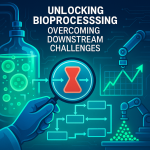⚙️ Lukas Gerstweiler highlights continuous processing techniques to enhance yield and lower costs.
🚀 This method aids in producing high-quality VLPs for drug delivery and vaccines.
💡 The innovative approach addresses traditional challenges in VLP manufacturing, promising new applications for this technology.
Introduction:
This article discusses a novel approach to biomanufacturing virus-like particles (VLPs) by breaking them down into smaller subunits, allowing for enhanced production methods. Dr. Lukas Gerstweiler’s research proposes a methodology that addresses traditional challenges in VLP production, significantly improving yields and costs while opening new avenues for application.
- Dr. Lukas Gerstweiler identifies that traditional VLP manufacturing faces low yields and quality issues, which can be mitigated by breaking VLPs into subunits.
- The new method enables continuous processing techniques, enhancing performance and overall production yields.
- VLPs are larger than traditional antibodies, making them difficult to purify using standard techniques like chromatography.
- The introduction of Dithiothreitol (DTT) is crucial for weakening bonds and allowing the breakdown of VLPs into purifiable subunits.
- This innovative purification process not only streamlines production but also reduces costs and variability, ultimately making VLPs a more viable option for applications such as drug delivery and vaccine development.
Conclusion:
Dr. Gerstweiler’s findings have significant implications for the biomanufacturing sector, as they allow for a scalable and cost-effective process for VLP production. This advancement could revolutionize their application in pharmaceuticals and biotechnology, making VLPs an integral component in future development strategies.



